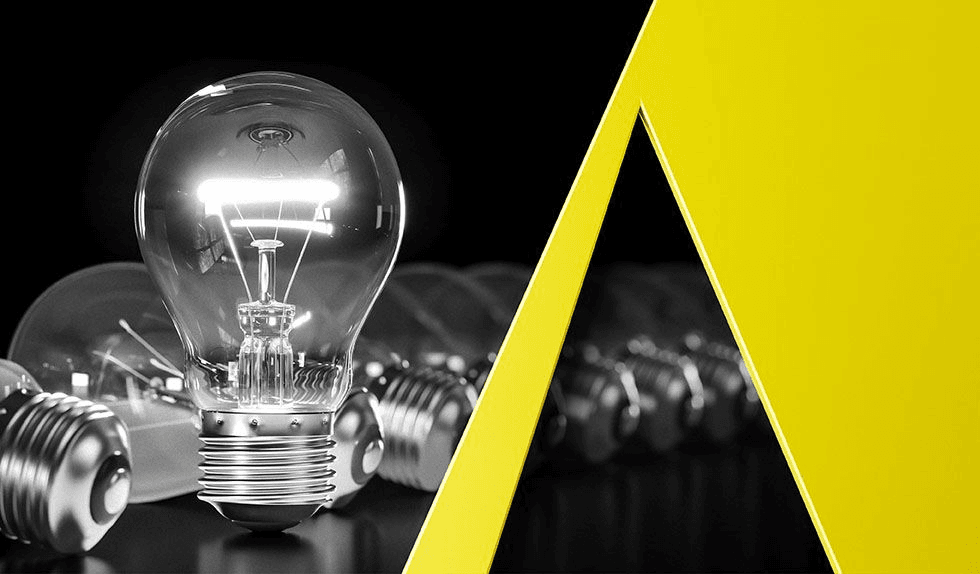In a highly anticipated decision, the en banc Federal Circuit overruled the longstanding Rosen-Durling test for assessing obviousness of design patents. The challenged framework, derived from two cases, In re Rosen, 673 F.2d 388 (CCPA 1982) and Durling v. Spectrum Furniture Co., 101 F.3d 100 (Fed. Cir 1996), required (1) a primary reference to be “basically the same” as the challenged design, and (2) any secondary reference to be “so related” to the primary reference that features in one would suggest application of those features to the other. That test was deemed “improperly rigid” and was overruled in favor of KSR’s application of the more flexible Graham factors to utility patents.
The dispute arose when LKQ Corporation and Keystone Automotive Industries, Inc. (“LKQ”) filed a petition for inter partes review of GM Global Technology LLC’s (“GM”) design patent for a vehicle’s front fender. LKQ argued that GM’s design is unpatentable as obvious under 35 U.S.C. § 103. The Patent Trial and Appeal Board applied the Rosen-Durling test and determined that LKQ failed to identify a reference that created “basically the same” visual impression as the patented design. On appeal, a three-judge panel of the Federal Circuit affirmed the Board’s decision and declined to overrule Rosen or Durling without a “clear directive from the Supreme Court.”
In support of its petition for en banc review, LKQ argued that the Rosen-Durling test adopts a strict rule that is inconsistent with the Supreme Court’s decision in KSR. LKQ further argued that the test should be replaced by the factual Graham inquiry. GM argued that LKQ had forfeited this argument by not raising it before the Board and, even if it were not forfeited, KSR does not overrule Rosen or Durling.
The court did not find forfeiture and determined that the petition was sufficient to preserve LKQ’s argument, which was a pure question of law presenting a “question of significant impact.” On the merits, the en banc court held that 35 U.S.C. § 103 obviousness conditions apply to design and utility patents alike and, on that basis, adopted the Graham approach.
Under the Graham analysis, the fact finder considers the “scope and content of the prior art” within the knowledge of an ordinary designer in the field of design. While there is no “basically the same” requirement to qualify as prior art, an analogous art requirement applies to each reference. The court maintained that the continued requirement of a primary reference will help prevent undue confusion while avoiding “rigid preventative rules that deny factfinders recourse to common sense.”
For utility patents, a two-prong analysis is applied when considering whether a reference qualifies as analogous art. The Federal Circuit declined to “delineate the full and precise contours” of the analogous art requirement when applied to design patents. The court held the “same field of endeavor” first prong can be applied to design patents but left open the question as to whether the “pertinent to the particular problem” second prong applies to design patents. The majority recommended a case-by-case approach.
The day after the en banc decision, on May 22, 2024, the United States Patent and Trademark Office issued a memorandum “to provide updated guidance and examination instructions, effective immediately, on evaluating obviousness in design patent applications and design patents.” Director Vidal explained that USPTO personnel “must apply a flexible approach to obviousness similar to that applied in utility applications.” This approach involves factual inquiries into (1) the scope and content of the prior art, (2) the differences between the prior art and the design as claimed at issue, (3) the level of ordinary skill in the art, and (4) secondary considerations. Director Vidal provided detailed instructions concerning each factual inquiry and promised to issue further guidance, examples, and training consistent with LKQ.
Practice Tip: Upending over 40 years of precedent, this decision is expected to have a significant impact on the landscape of obtaining and enforcing design patents. Design patent owners and challengers alike should follow post-LKQ decisions and the relevant USPTO guidance closely to understand how this more-flexible obviousness analysis will impact design patent invalidity and patentability determinations moving forward.
LKQ Corp., Keystone Auto. Indus., Inc., v. GM Global Tech. Operations LLC, Case No. 2021-2348 (Fed. Cir. 2024) (Stoll, J.).


